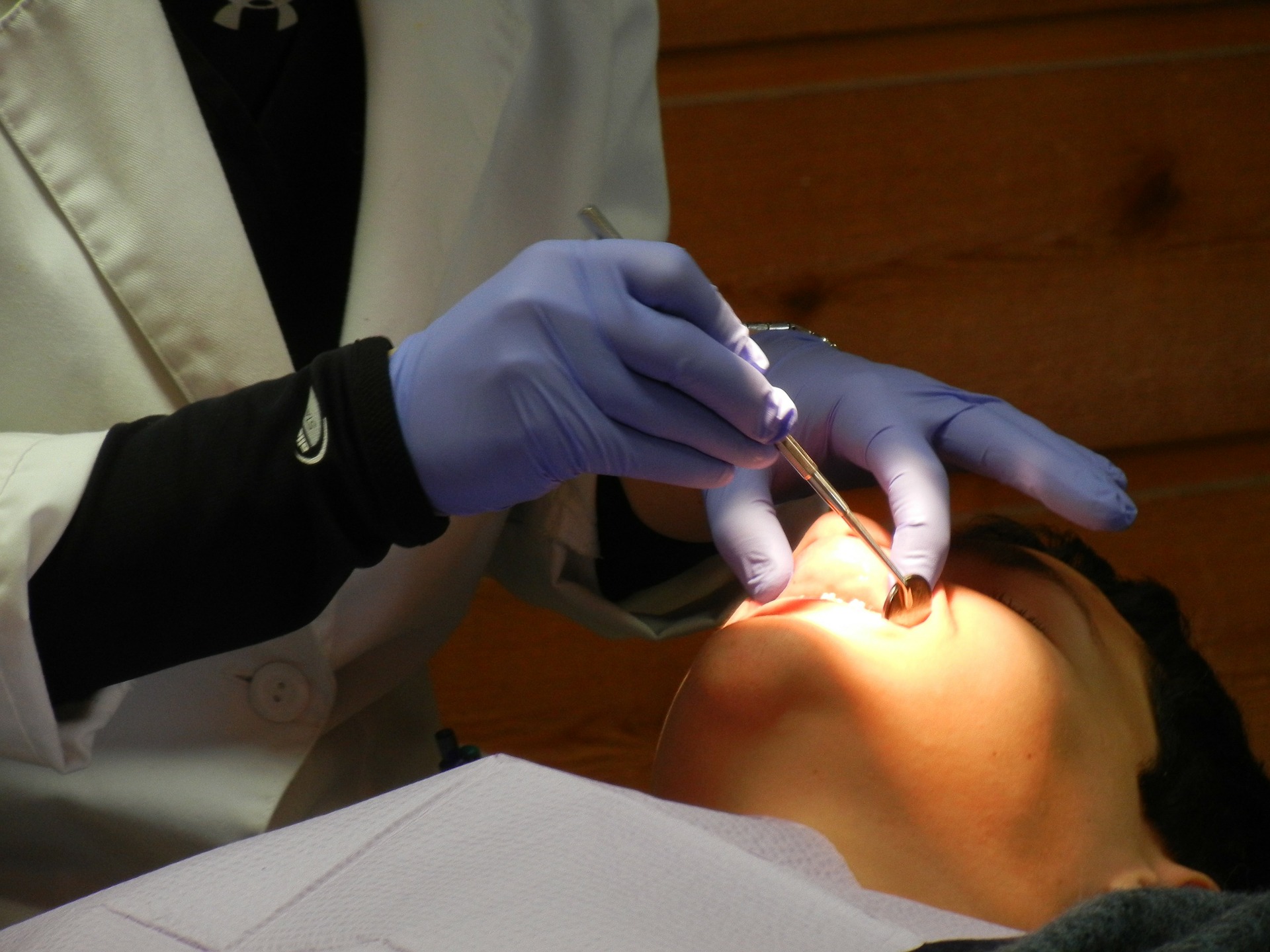Início A importância da avaliação dos sinais e sintomas da disfunção temporomandibular para...
hábitos parafuncionais

A importância da avaliação dos sinais e sintomas da disfunção temporomandibular para a odontologia
Resumo:
Introduction: Temporomandibular dysfunction (TMJ dysfunction) encompasses a set of signs and symptoms, involving the masticatory muscles, temporomandibular joint, as well as associated structures, such as teeth and nerves. The aim of the present study is to address, through a bibliographic review of the literature, the main signs and symptoms of TMJ dysfunction, aiming to establish a more accurate diagnosis, thus favoring a better quality of life for patients. Review: TMD etiology has a multifactorial character, being associated with muscle hyperactivity, trauma, emotional stress, malocclusion, in addition to other factors such as pathologies, perpetuating this condition. The most frequent signs and symptoms evaluated in the literature were limited mouth opening, pain during chewing, pain in the ear and temporomandibular joint, and clicks in the joint. The etiology of temporomandibular disorders is still very controversial and discussed among health professionals, such as dentists, doctors and physiotherapists. Final Remarks: It is important to note that, in view of the studies observed, that young adult patients were the individuals who were more likely to develop disorders in the temporomandibular joint, but among this group, women were the ones who most presented symptoms, especially pain, and these findings may be associated with significant hormonal variations, especially at puberty.
Keywords: temporomandibular joint, parafunctional habits, temporomandibular dysfunction.
Expandir Resumo
Acessar Texto Completo

